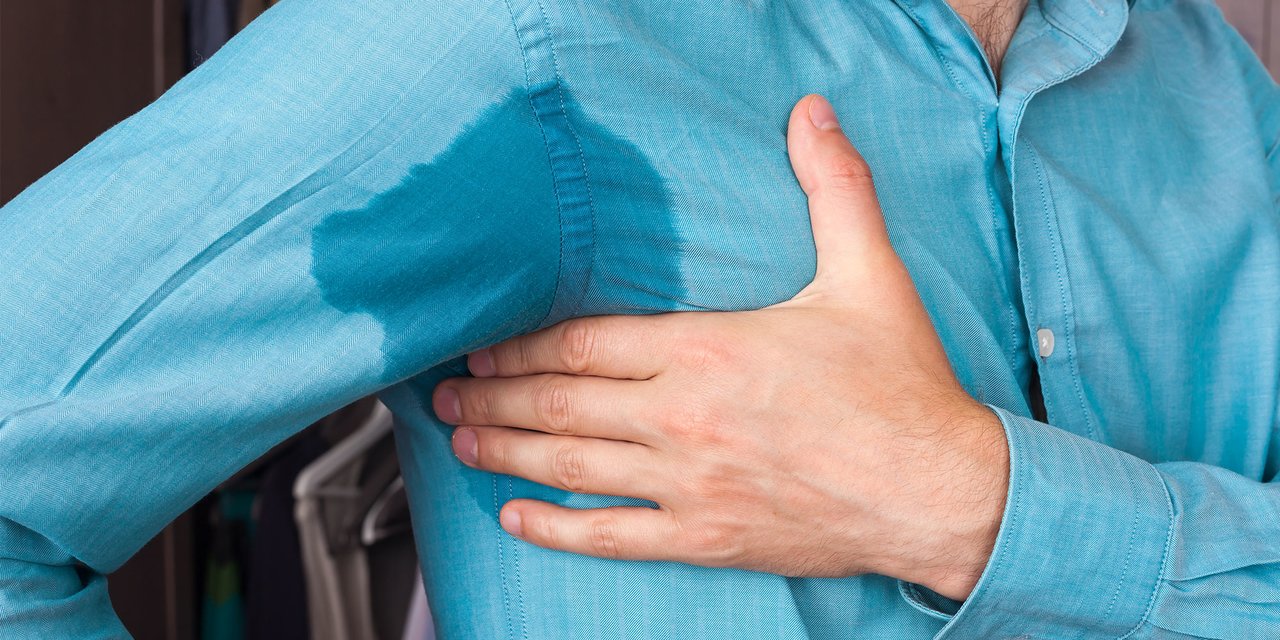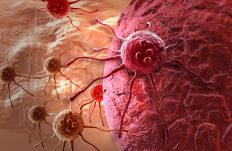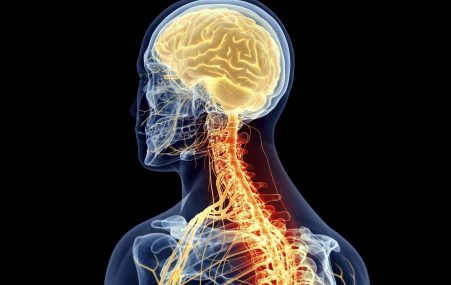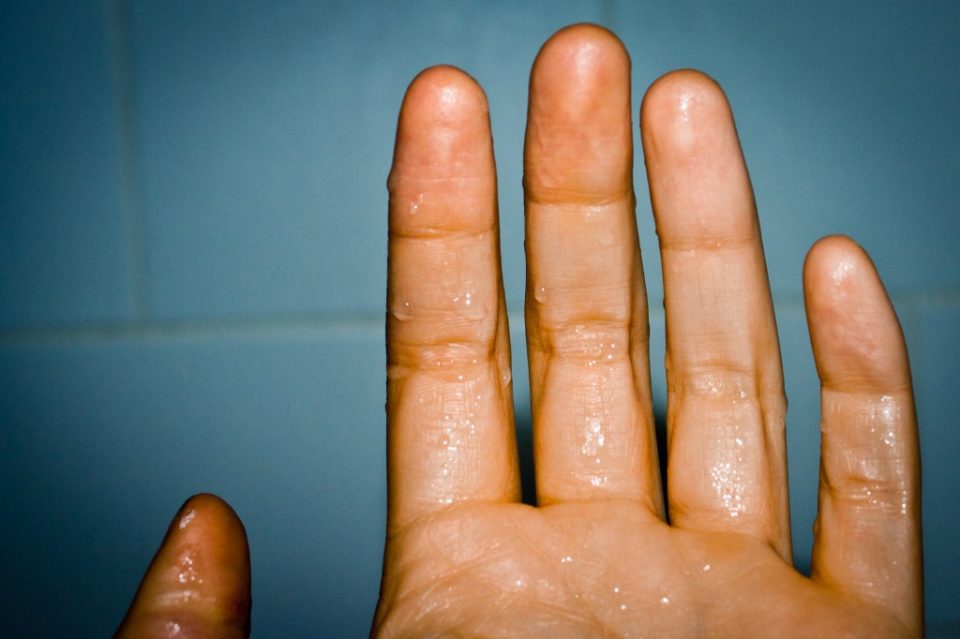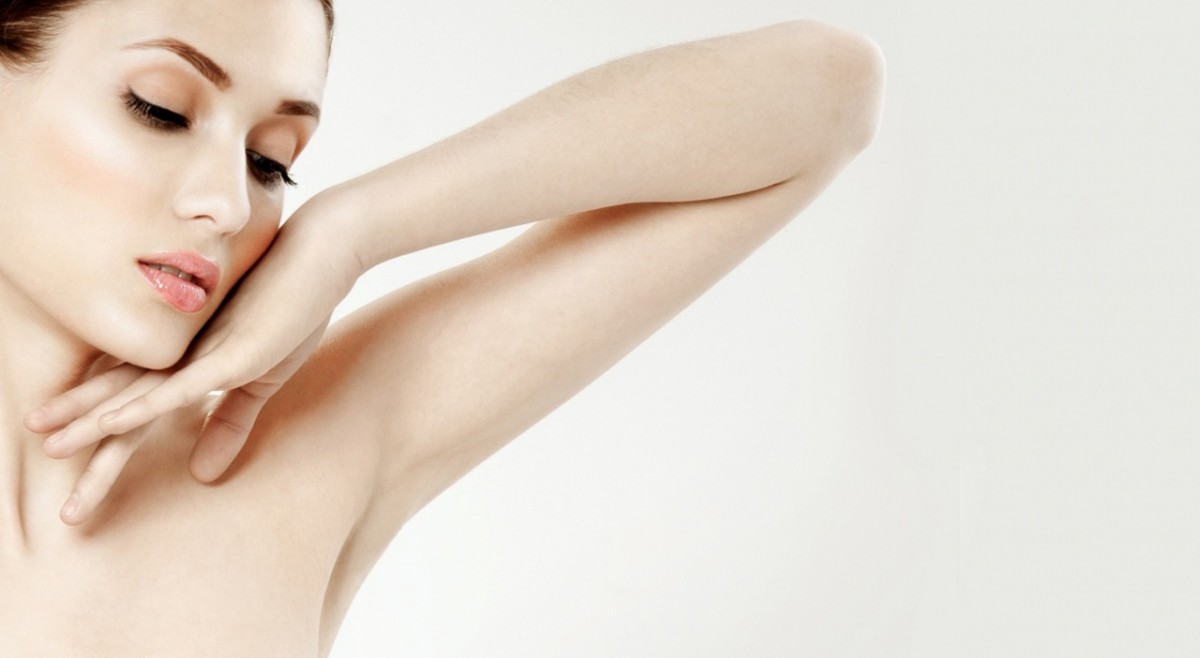About 5 to 15% of the world's population suffers from excessive sweating. This condition is not considered a dangerous disease, but causes a lot of inconvenience to a person. Therefore, many are wondering whether there is generally a treatment for hyperhidrosis and whether it is possible to get rid of this unpleasant problem.
Material Content:
Causes of hyperhidrosis and what is dangerous
In general, it is human nature to sweat - this is a normal physiological reaction of the body, a natural defense against overheating. Even at normal room temperature, all sweat glands secrete about 500 ml of sweat per day. In the heat, during an illness with a high temperature or during intense physical exertion, this amount increases significantly. And also excessive sweating occurs reflexively with severe pain, eating hot dishes, stress and nervous strain. Wearing synthetic clothing and being in a stuffy room also stimulates the excessive work of sweat glands.
But sometimes the amount of fluid released is so large that a person constantly experiences discomfort. This pathology or feature of the body does not pose any health hazard.
However, the unpleasant smell of sweat, which is difficult to get rid of, often contributes to the appearance of low self-esteem, self-doubt, the desire to avoid society. Such a condition leads to many psychological problems, imposes certain restrictions on a person, because of which he simply cannot lead a full-fledged lifestyle.
The causes of increased sweating are different:
- malfunctions of the endocrine system;
- heart or kidney disease;
- CNS pathology;
- serious infections (AIDS, tuberculosis, sepsis);
- oncology;
- genetic predisposition;
- as a side effect when taking drugs;
- poisoning.
Hyperhidrosis of the armpits, head and other parts of the body most often occurs due to subtle neuroendocrine disorders, which are completely independent of the temperature effects on the body. Excessive sympathetic activity forms a vicious cycle: sweating increases cooling of the skin, which is why blood with increased intensity rushes to these areas, and everything starts all over again.
Symptoms and diagnosis of the disease
At first, a person may not pay attention to the problem, but eventually notices that it prevents him from living normally. The main symptoms are:
- constant and profuse sweating in specific parts of the body;
- irritation and softening of the skin;
- nervousness;
- the accession of fungal diseases.
To find the root cause, you must undergo a full examination, as well as visit many specialist doctors. If a specific factor is not found, the patient is diagnosed with primary hyperhidrosis.
Types and degrees of sweating
At the place of occurrence, the pathology happens:
- local (local) - for example, hyperhidrosis of the feet, palms or armpits;
- generalized (general) - sweating of the whole body.
And they also distinguish types of sweating due to the occurrence of:
- primary - excessive sweating without any visible factors;
- secondary - as a sign of a certain disease. After recovery, everything falls into place.
Depending on the frequency of symptoms, the pathology is divided into the following categories:
- seasonal - only in summer or at other specific times of the year;
- permanent - manifests itself in any place and under different circumstances;
- intermittent - periodically worsening.
The degree of sweating can also be different: mild (almost uncomfortable), moderate and severe (creating serious problems in the process of communicating with other people due to the specific smell and constantly wet clothes).
Treatments for sweating
At first, you can try simple ways to fix the problem at home:
- minimize the consumption of hot, spicy, fatty foods, onions and garlic;
- quit smoking;
- take a warm or contrast shower more often;
- give preference to natural clothes, constantly change socks, tights;
- put special insoles with antibacterial effect in shoes;
- wipe the problem areas with a decoction of oak bark, soda solution, alum, sprinkle with talc.
If these methods do not help, it makes sense to think about more serious methods of treatment.
Medical antiperspirants
One of the most affordable and budgetary funds is special antiperspirants whose main active ingredients block the ducts of the sweat glands. In ordinary antiperspirants, the content of aluminum salts varies within 2-3%, in medical - about 15%. But you need to use these funds wisely: no more than once every 7 days, only on dry skin and at night.
Ionophoresis
You can get rid of the pathology, but it takes a long time, and many procedures are quite expensive. Iontophoresis is often used for treatment, but sometimes this method does not help (in 10% of all cases).
The method is based on the gradual defeat of the ionic tubules of the sweat glands by electric current and is especially effective for hyperhidrosis of the head and face, armpits and feet. For a generalized form of the disease, it is not used.
Iontophoresis does not adversely affect the skin and other organs, has no side effects. Of the minuses of the method, the following should be mentioned:
- high cost;
- duration of use;
- the likelihood of compensatory hyperhidrosis in other parts of the body.
Procedures are associated only with the use of water through which electric current passes. The devices are equipped with special face masks or applicators for armpits. The duration of the session is from 25 to 45 minutes. The course of treatment is 7-10 procedures every other day. During this time, sweating should decrease to the usual level. To consolidate the result, it is necessary to periodically repeat the treatment.
If there is a noticeable effect, you can purchase special compact devices designed for use at home.
Botulinum toxin treatment
The composition of the drugs to eliminate this problem includes botulinum toxin type A - a strong natural poison that can block neuromuscular transmission of impulses. When used correctly, there is nothing dangerous in this method. The blocking process applies only to the sweat glands and does not affect other organs and skin.
The advantages of the method are obvious:
- long-term effect - from six months to 11 months;
- safety in compliance with all rules of the procedure;
- low risk of side effects;
- a fairly short recovery period.
Before the session, you need to go through the necessary stages of preparation: remove hair, eliminate the use of alcohol and exercise. A so-called Minor test using iodine and starch is mandatory to accurately determine the boundaries of the problem area. The skin is treated with an anesthetic before the procedure, and then the drug is injected inside. The total duration of the session is 50-60 minutes.
Within a few days after the measures taken, the patient may complain of redness and swelling of the skin, which soon pass. These days you can not use antiperspirants, and for another 2 weeks it is undesirable to visit the pools, swim in ponds, sunbathe and engage in sports exercises. The final result is noticeable after about 14 days. The advantage of this method is that with each subsequent session the effect persists for a longer time.
Treatment with Botox and other drugs has a fairly high effective rate - approximately 90-100%.
Folk remedies
You can try to get rid of excessive sweating with the help of folk remedies:
- Baths of chamomile. 7 tbsp. l pour 2 l of boiling water raw materials, insist. Arrange procedures for 45 minutes before bedtime, sprinkle problem areas with talcum powder in the morning.
- Reception of infusion of sage and nettle. Take 2 tbsp. l each plant, pour 2 tbsp. boiling water. Drink aromatic tea 4 times a day for at least 4 weeks.
- A decoction of birch buds. Place in a stewpan 3 tbsp. l kidneys and the same amount of chopped walnut leaves, pour 500 ml of water, cook for 4 minutes. Set 24 hours. Wipe problem areas.
But in the favorites of folk healing remains a decoction of oak bark, which is used for rubbing or compresses.
And it is also recommended to spend more time on the coast, eat less sweets and fatty foods, try not to be nervous, and avoid stressful situations.
Invasive treatments
Of the invasive techniques, the following can be distinguished:
- laser treatment - removal of sweat glands with a laser beam;
- curettage - a surgical operation to remove the glands using a special device (curette);
- liposuction - pumping out excess fat by vacuum, due to which the connection of glands with nerve endings is disrupted;
- sympathectomy is an operation whose main purpose is to interrupt a nerve impulse that stimulates the activity of the glands;
- adenotomy - partial removal of fatty tissue along with sweat glands.
The presented methods are highly effective, but they can not be used in all cases, since many of them have long lists of contraindications. And it is also worth mentioning that no one has canceled the occurrence of side effects and relapses.After surgery, scars and scars almost always remain, which spoil the external attractiveness. Such flaws will have to be removed, which will be very expensive.
Therefore, you should first try to deal with the problem with conservative methods, and if they do not help, resort to more serious methods.


